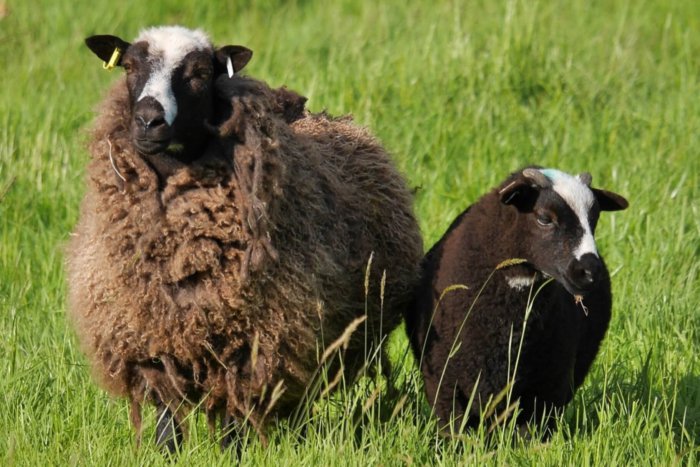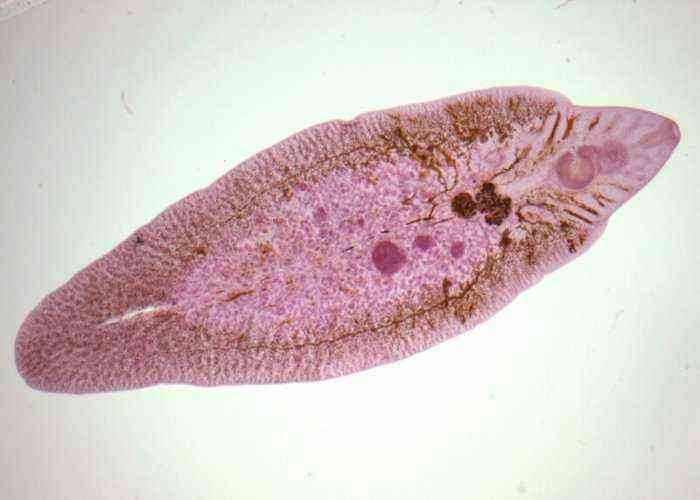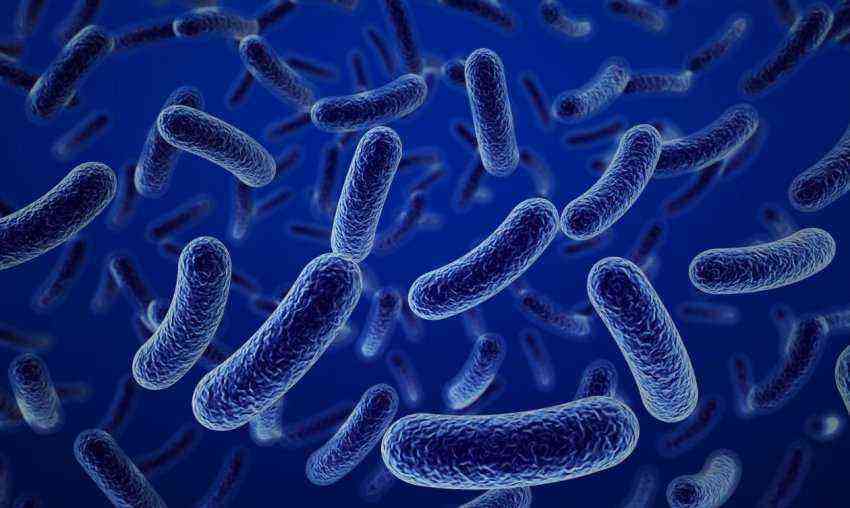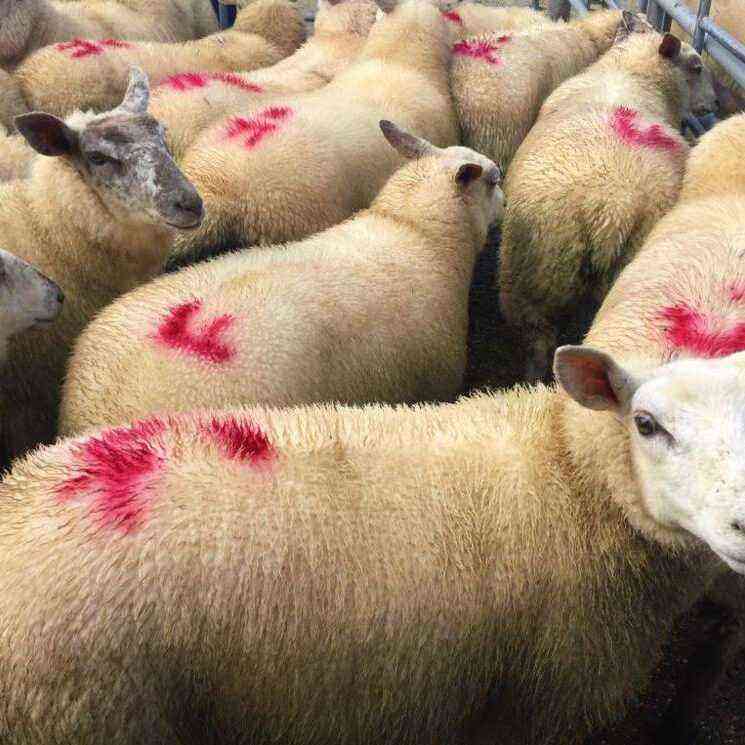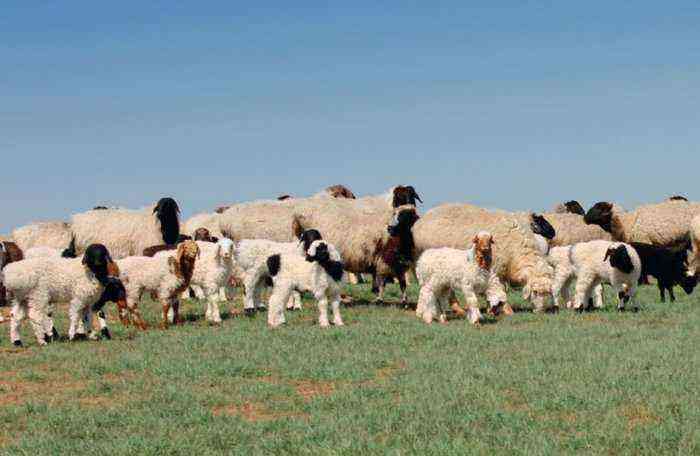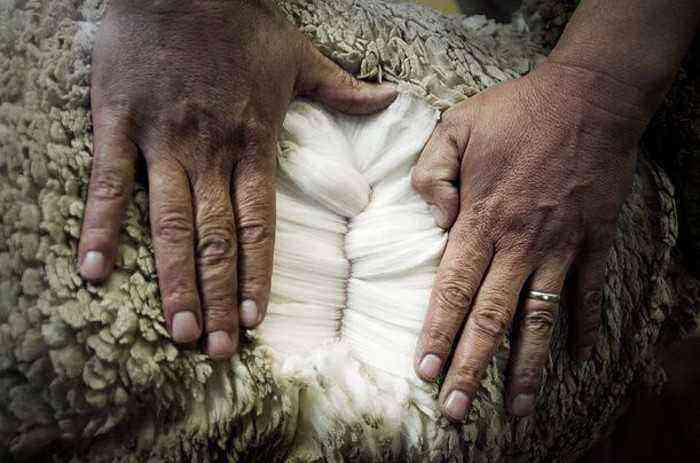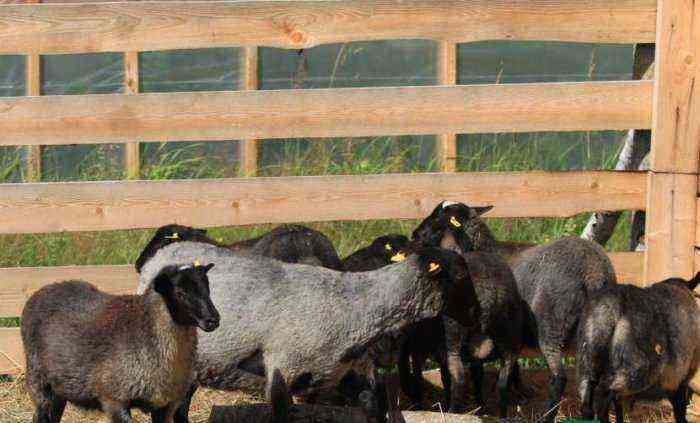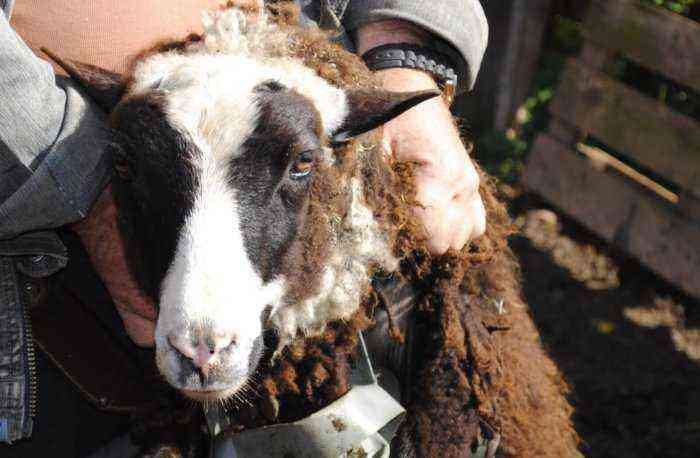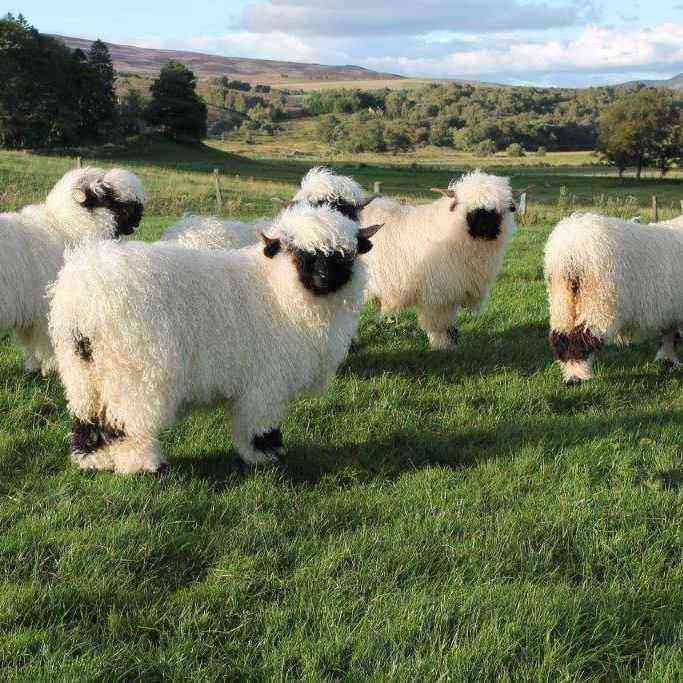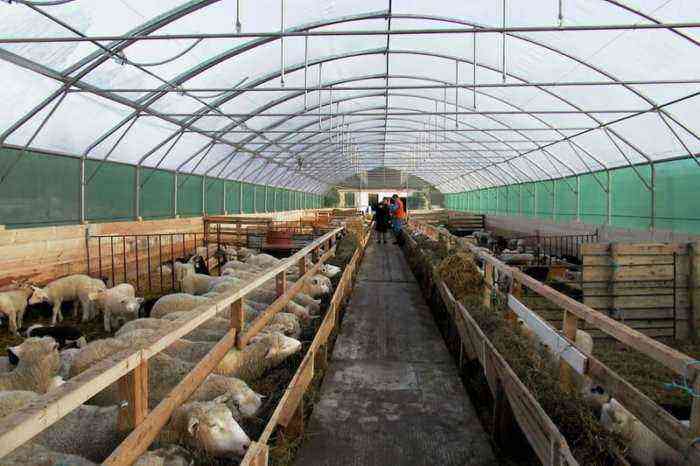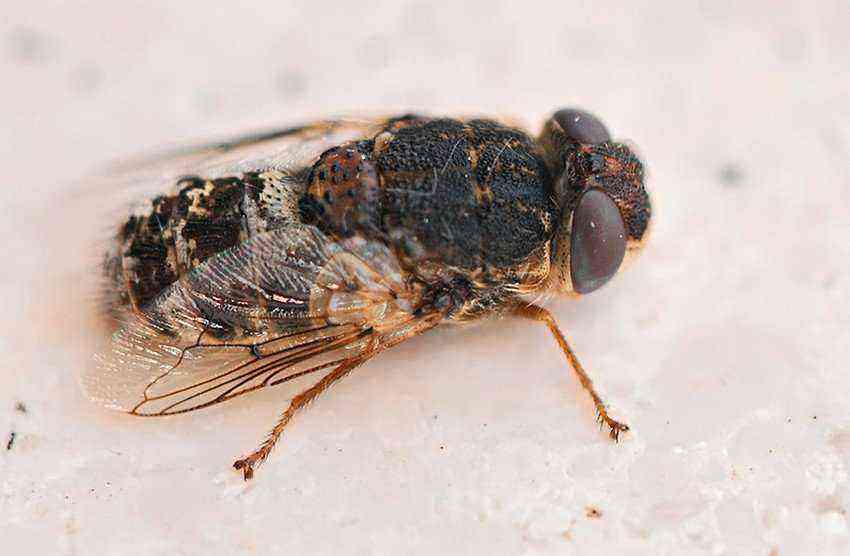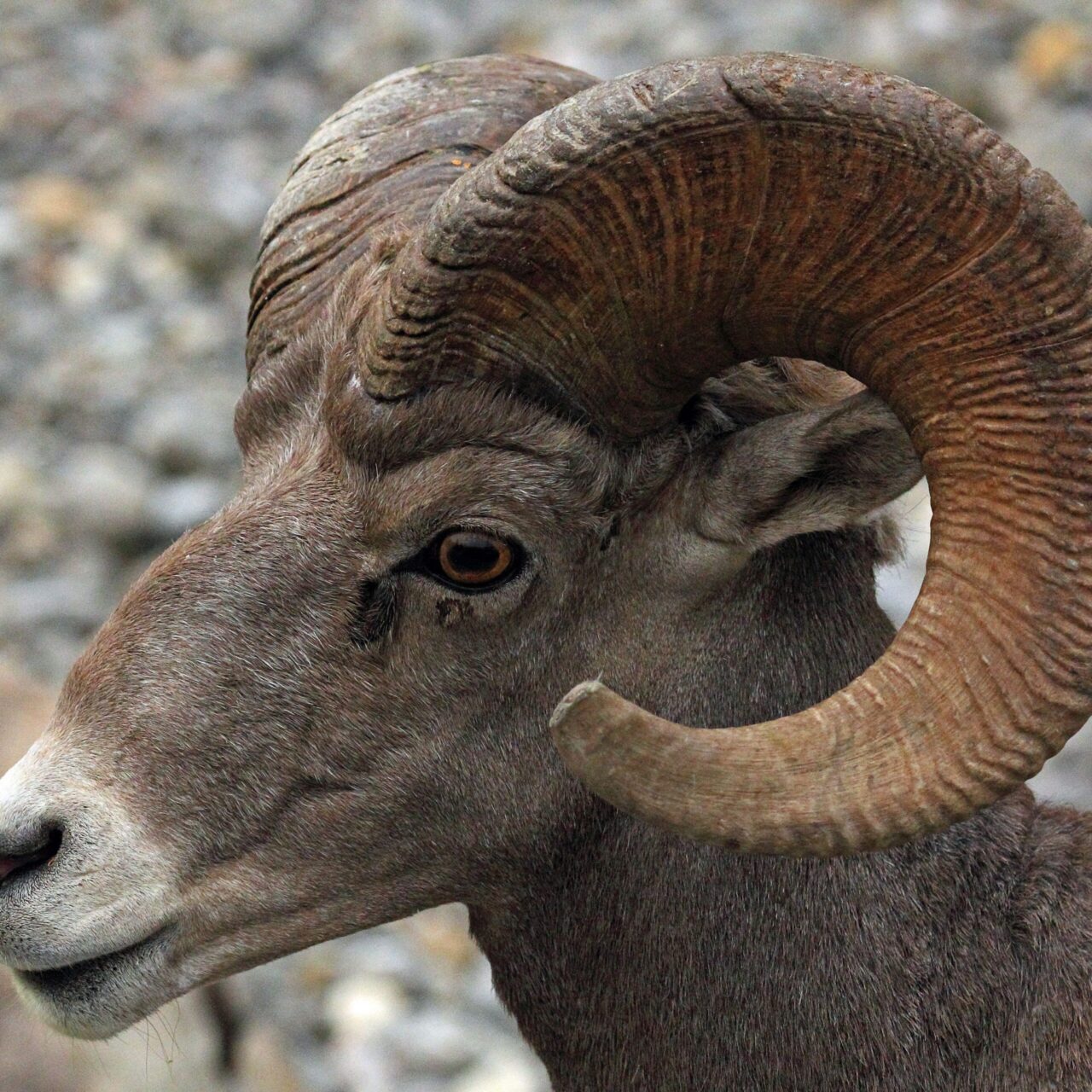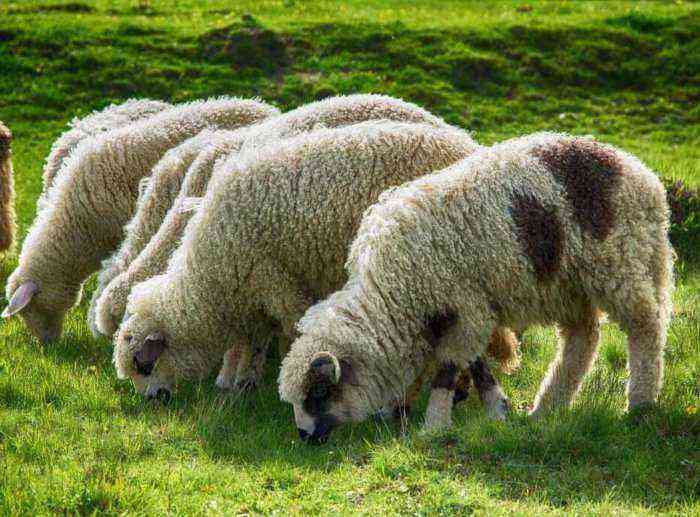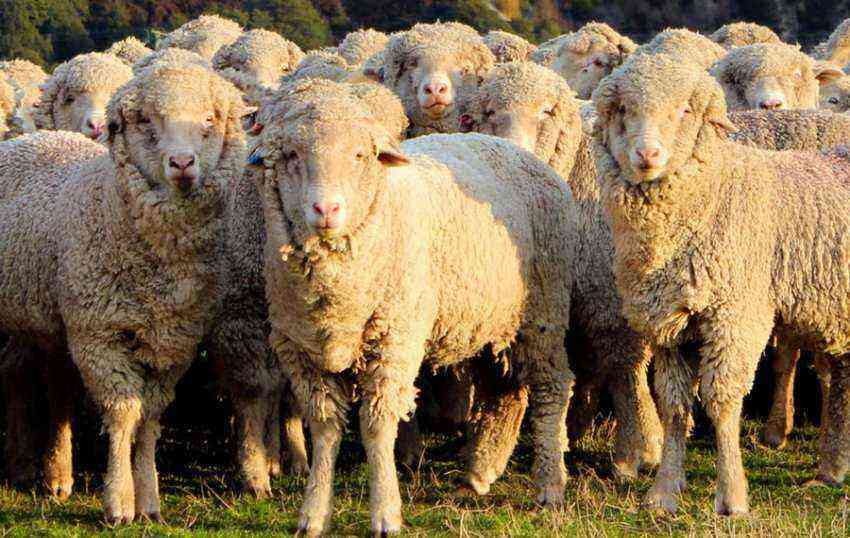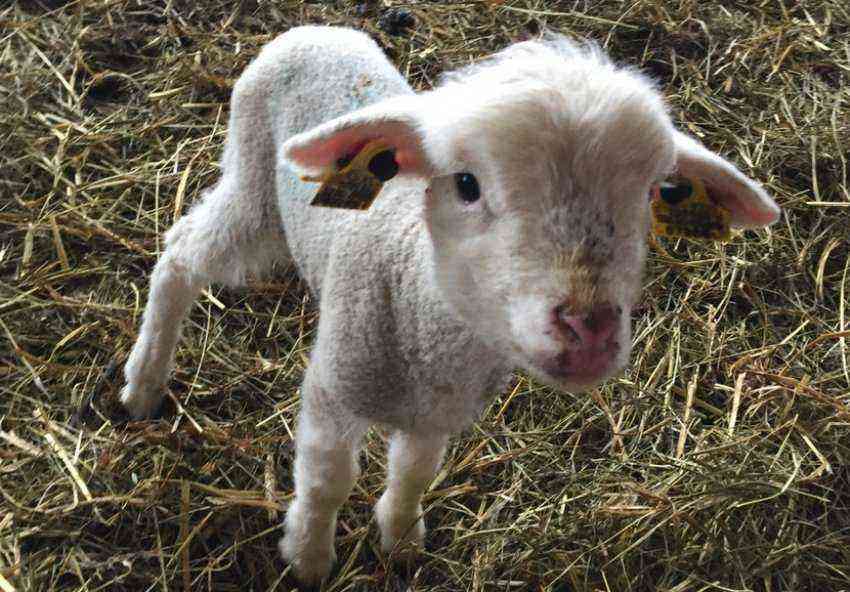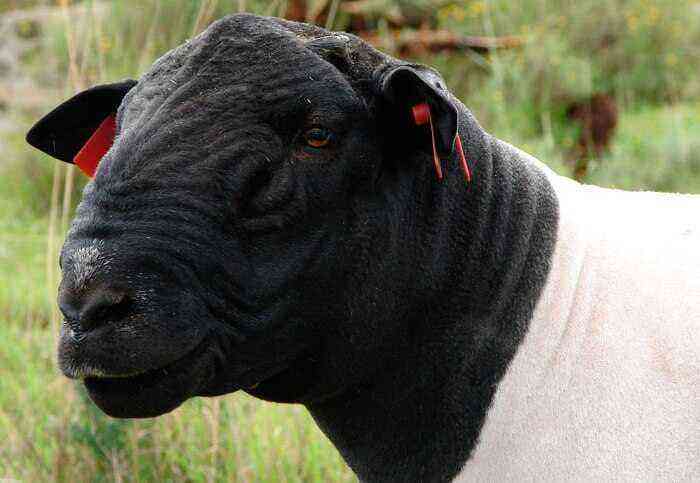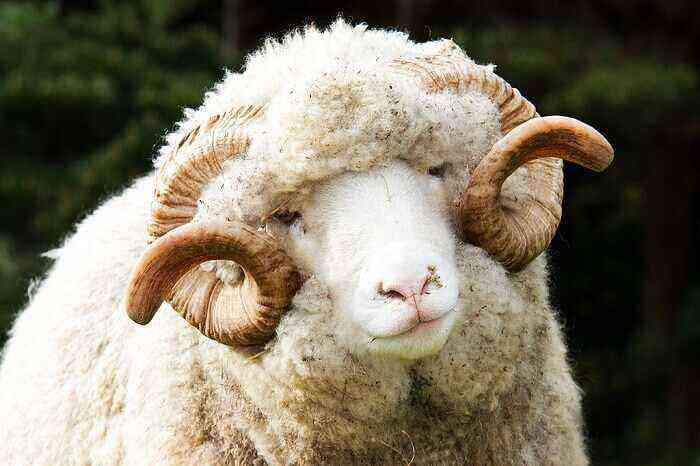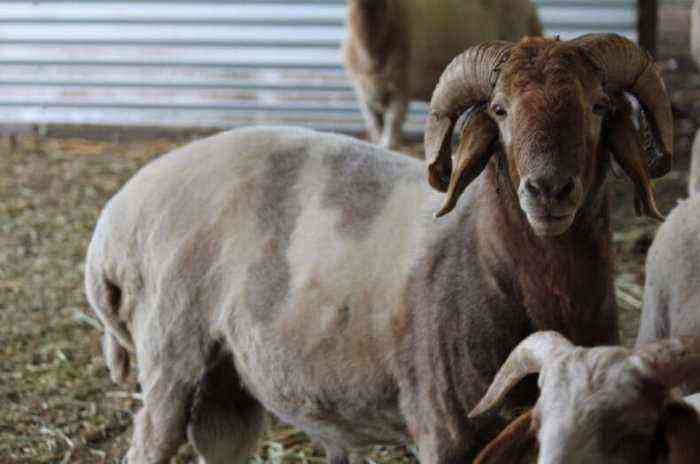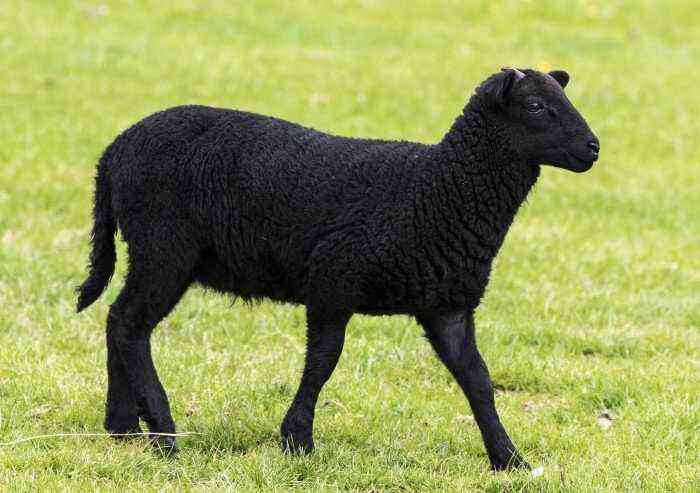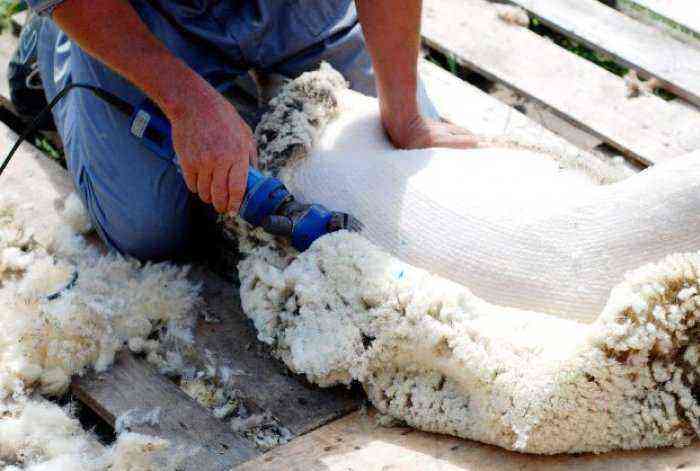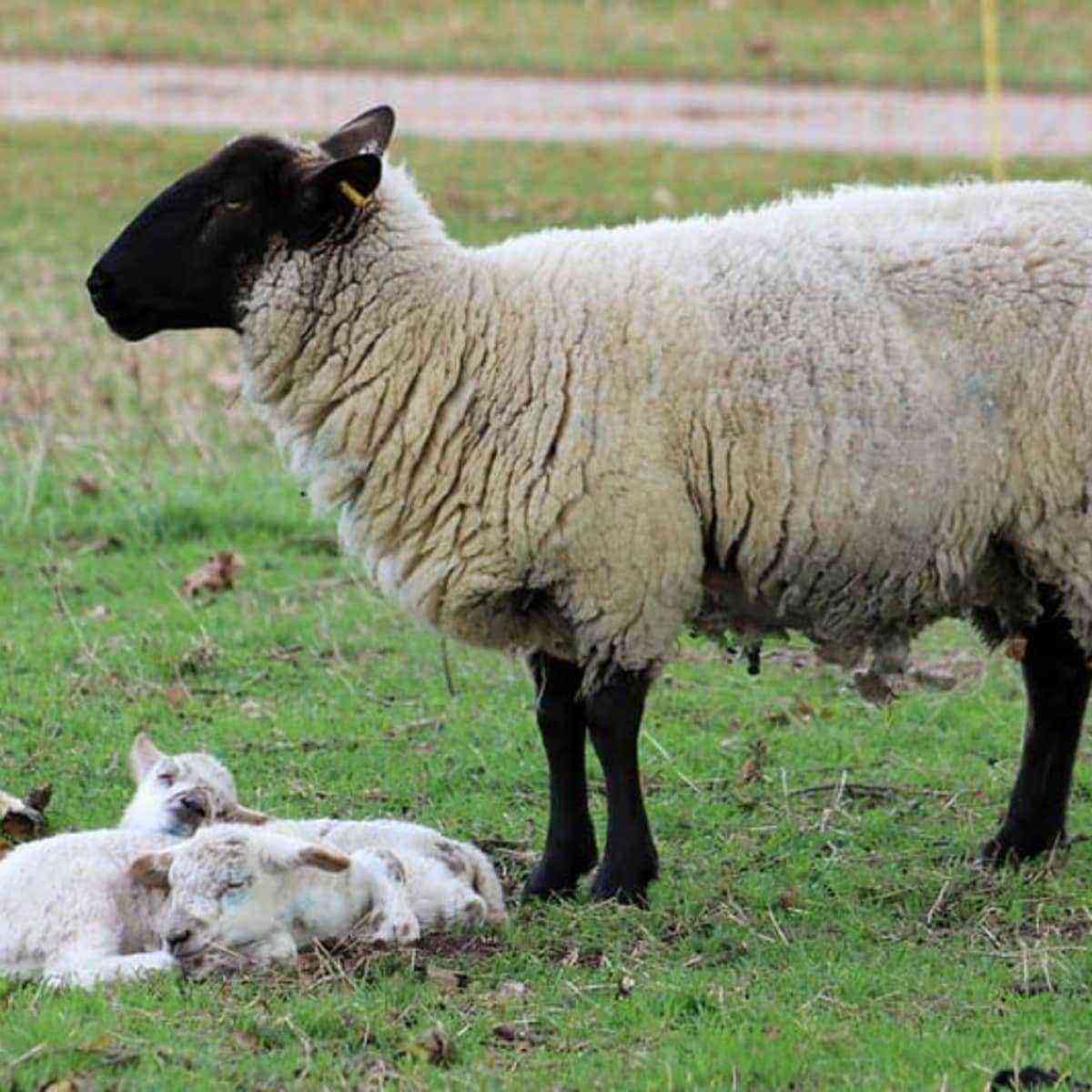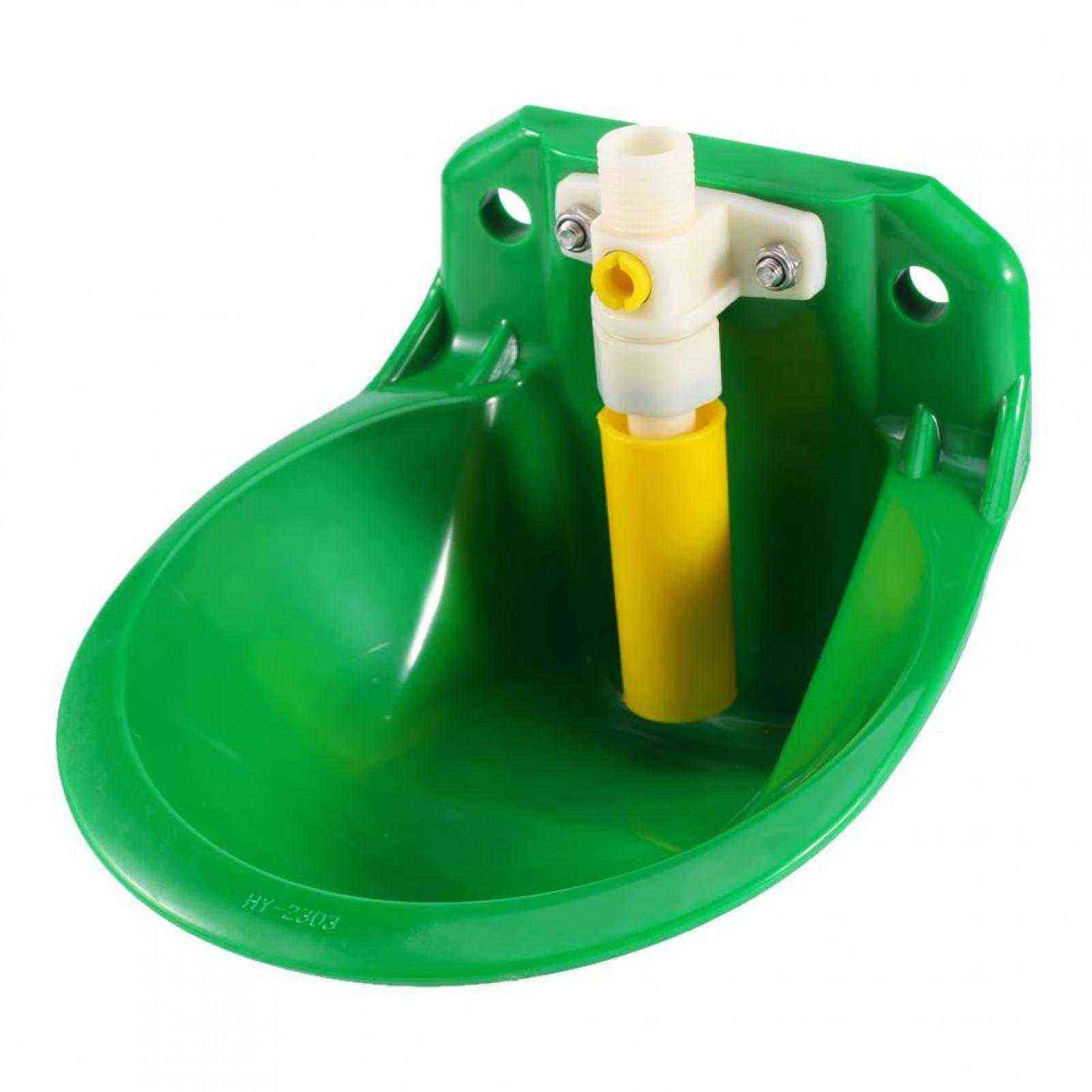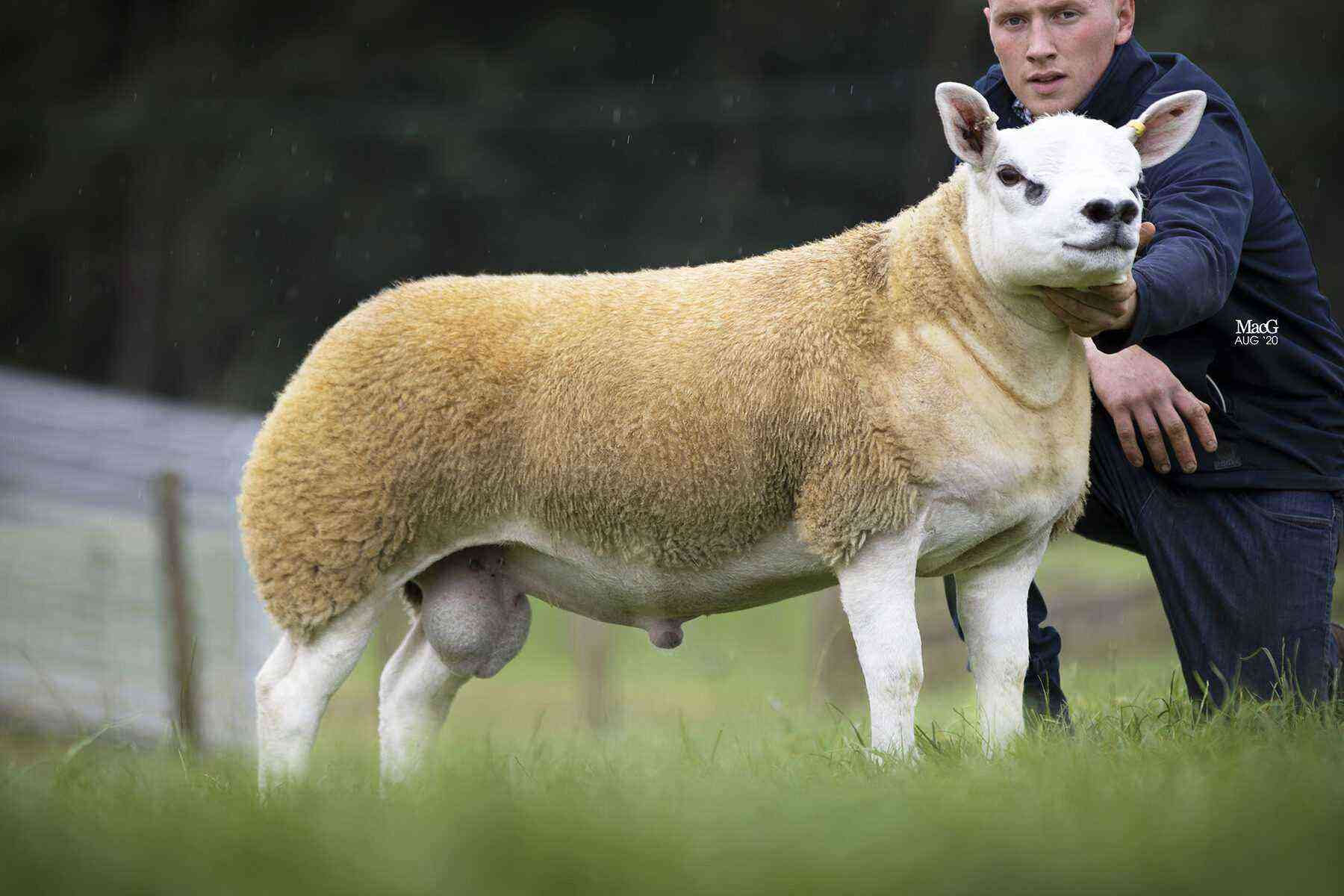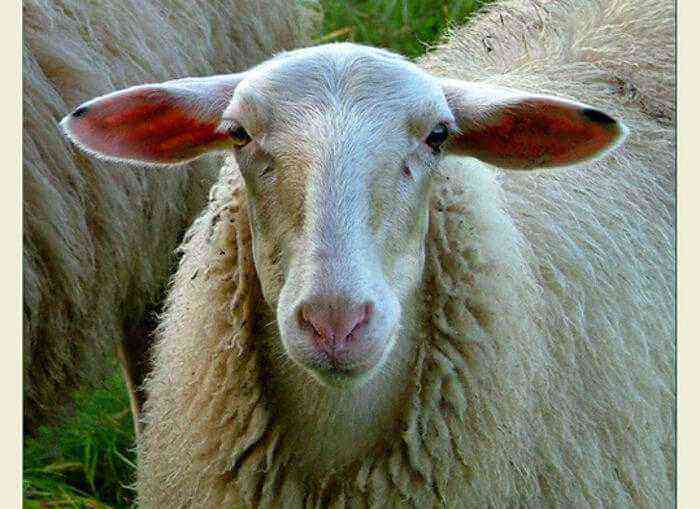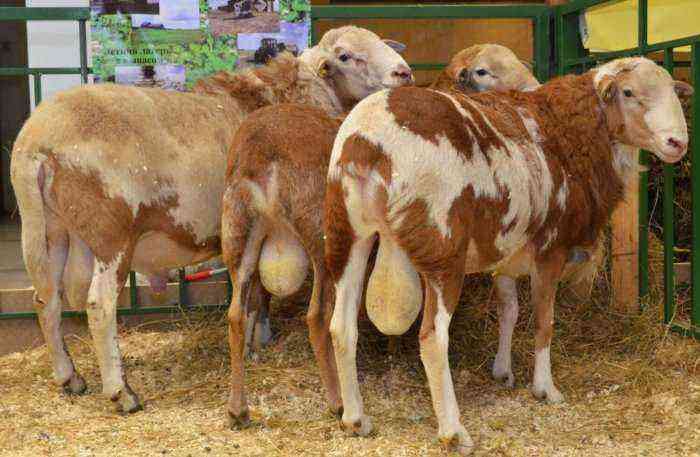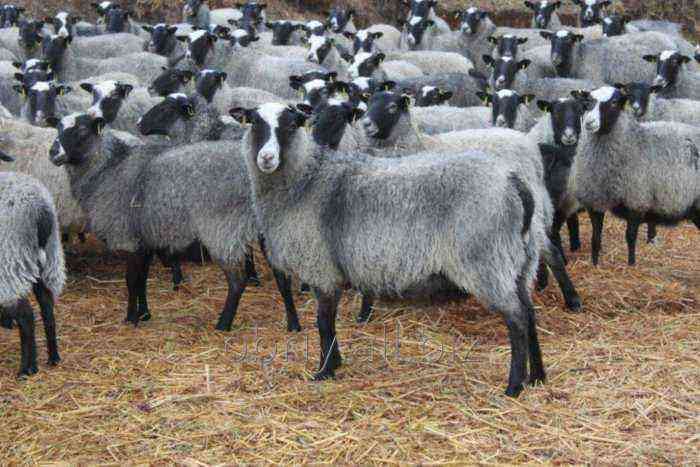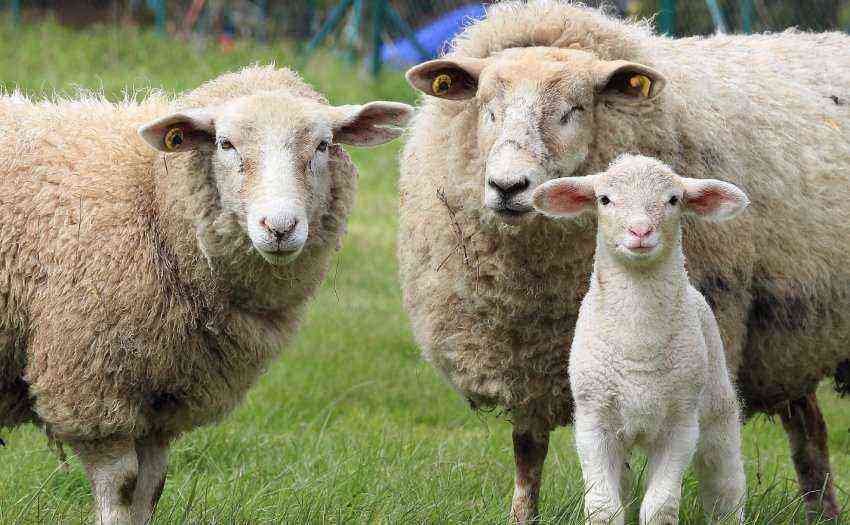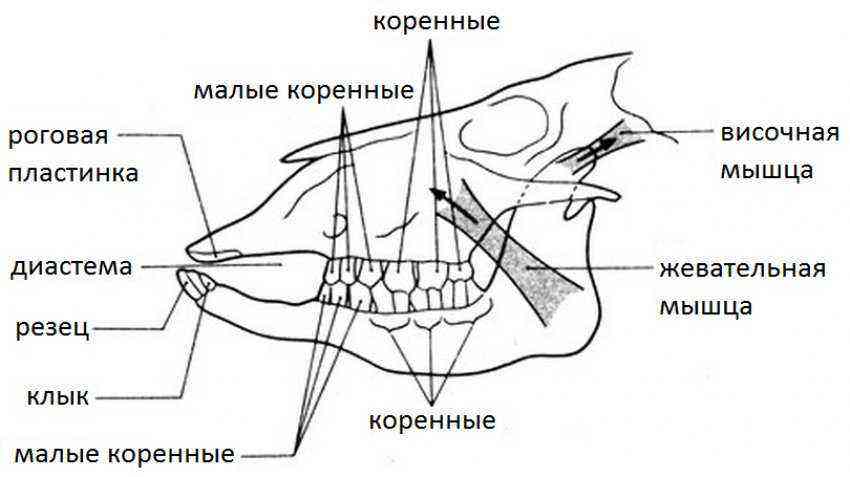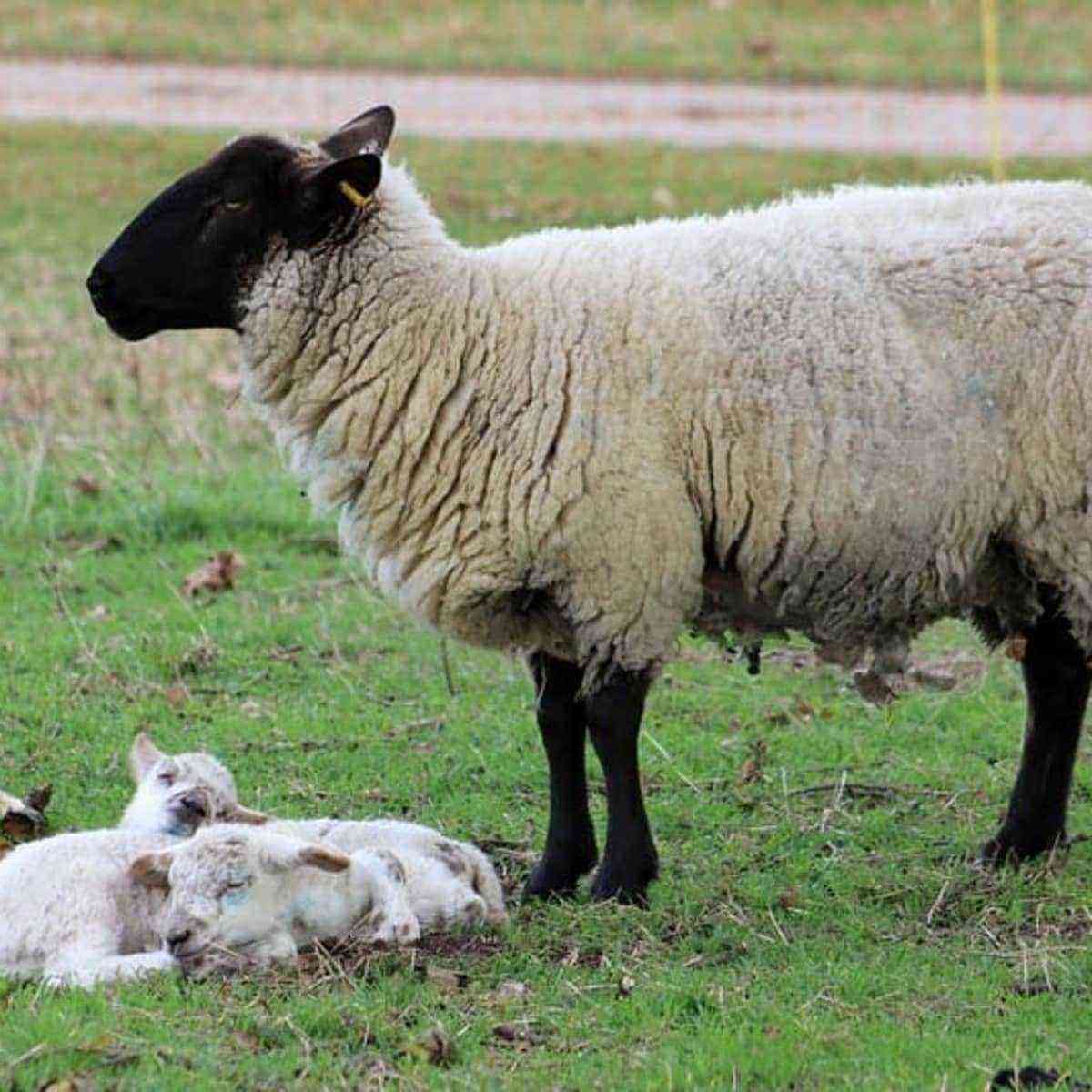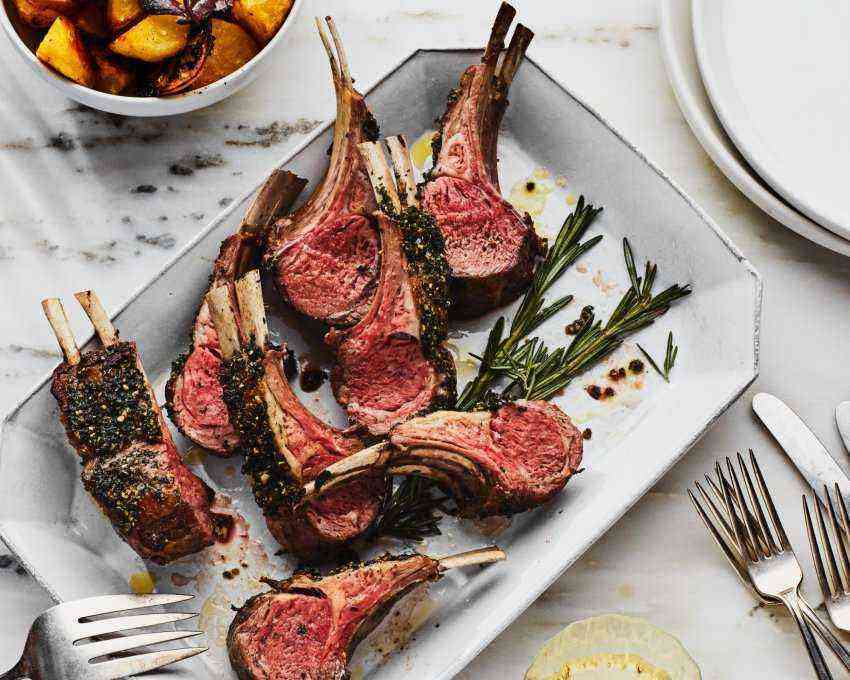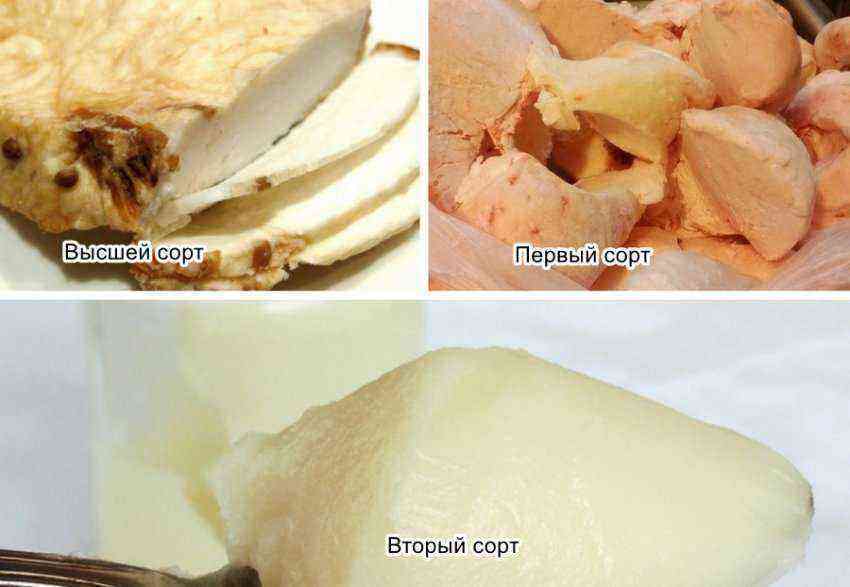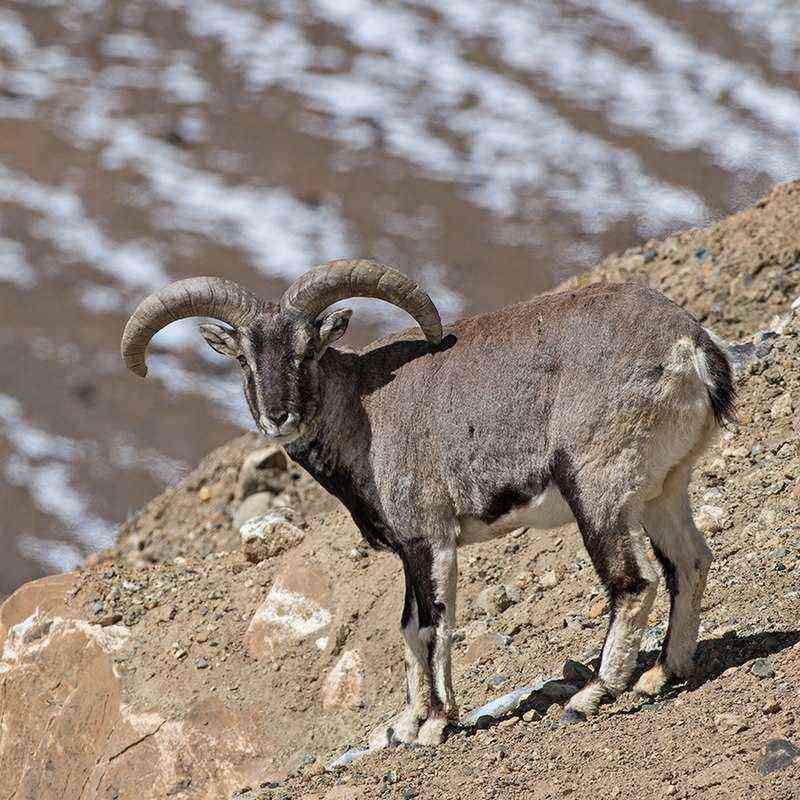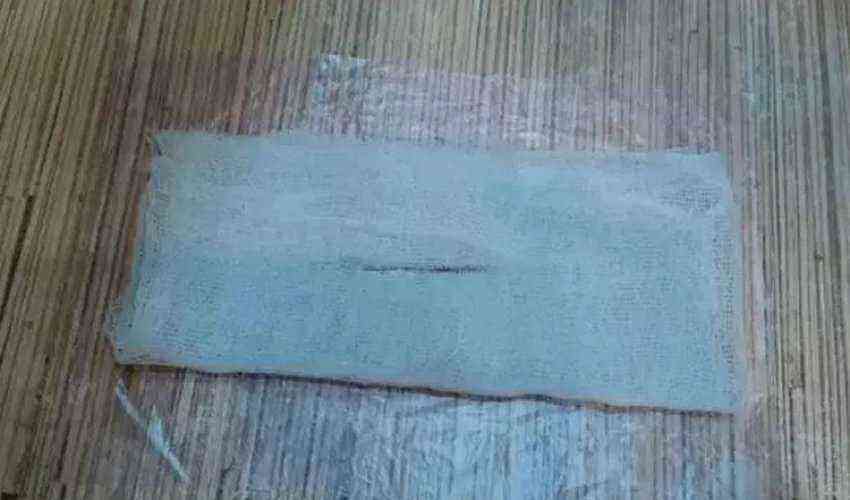Welsh sheep originate from the southwestern part of Switzerland. Initially, the breed developed without human intervention, in the natural environment. At the end of the 19th century, it was improved with the help of animals imported from England and Germany. This old breed was registered in 1962. Now it is bred for meat and wool.
Appearance of Welsh sheep
Origin
The homeland of the Welsh sheep is the canton of Valais in Switzerland. For centuries, three varieties of sheep grazed there, distinguished by good meat and wool productivity. As a result of uncontrolled mating, offspring with characteristic features appeared from them.
The animals were distinguished by strong immunity, endurance, adaptability to the local harsh climate and poor food supply. The descendants of local Swiss sheep had a thick white coat on the body, a dark muzzle that resembles a mask. Black hair color is also present on the legs above the hooves to the hocks.
The characteristics of the descendants of the Swiss sheep satisfied the needs of the local villagers. They began to select. At the end of 1877, English and German sheep arrived in Switzerland. Then the Welsh sheep were crossed with the Cotswold breed of the meat direction and the German male producers, which made it possible to improve the meat productivity of the Welsh.
The further development of the breed was facilitated by a law adopted in Switzerland in 1884. He called for breeding sheep in purity, while maintaining breed characteristics. Welsh sheep were registered as a separate breed almost a century later, in 1962.
Breed description
These animals are known for their endurance. The harsh climate of the mountainous area contributed to the development of stable immunity. Snowy winters and winds are not terrible for the Welsh: they are protected by thick, dense and long hair. Sheep grazing in the Swiss hills are unpretentious in their diet. Vegetation on the mountain slopes is sparse, so their diet cannot be called complete and varied.
Attention! Welsh sheep are unpretentious, hardy, have strong immunity and a well-developed maternal instinct.
Swiss sheep are valued by farmers for their ability to make do with only hay and a small amount of concentrate during the winter. Animal wool is coarse and used to make carpets and bedspreads. The meat has a low fat content and excellent taste.
Welsh sheep meat
External characteristics
Welsh sheep have a strong build, deep chest and strong limbs. Characteristics:
- growth at the withers of the male reaches 75–82 cm, females – from 72 to 75 cm;
- the average weight of a ram is 75–90 kg, ewes – 60 kg;
- horns spiral, white;
- the muzzle is shortened, wide;
- Roman profile;
- the tail is thin and long, overgrown;
- the body is barrel-shaped, knocked down;
- limbs of medium length, straight, strong;
- hooves are strong;
- coarse wool (up to 38 microns), crimped;
- fiber length reaches 10–15 cm;
- the color is white, on the muzzle and lower part of the legs the hairline is black;
- females have a dark spot under the tail.
Productivity
Welsh long-tailed sheep belong to the meat-wool direction of productivity. They quickly become overgrown with hair, so the haircut is performed twice – in spring and summer. From each male it is possible to collect 3,5–4,5 kg of fibers, and from a female from 3 to 4 kg of woolen raw materials annually.
Lambs weigh 4–4,8 kg at birth. Every day they gain 300 g, by the age of one year the mass of a lamb approaches 50–60 kg.
Attention! One of the disadvantages of the breed is the low fertility rate of ewes. They bring 1 lamb a year.
Varieties of Welsh Sheep
5 varieties of the breed are known. They differ from each other in color, physique and weight. Some species are common in the lowlands of Wales, others graze on the mountain slopes. Consider them:
- Welsh mountain sheep;
- badger’s snout;
- black Welsh;
- southern mountain sheep (Nelson);
- balwen.
sheep balwen
The variety, called the badger’s muzzle, is distinguished by its original color. In these animals, the hair on the head and body is white, in the eye area it is gray-brown, and near the nose it is almost black, thanks to this coloring, the effect of a badger muzzle is created. In turn, this variety, depending on the suit, is divided into 2:
- torddu – have a light coat color, and dark spots on the muzzle in the form of a mask;
- torwen – differ in the dark color of the fibers, and in the area of uXNUMXbuXNUMXbthe eyes and nose the hair is white.
Welsh mountain sheep are common not only in Switzerland, they are bred in neighboring European countries and in the CIS. Undemanding to the food base, strong immunity and tasty meat are the main advantages of this breed.

